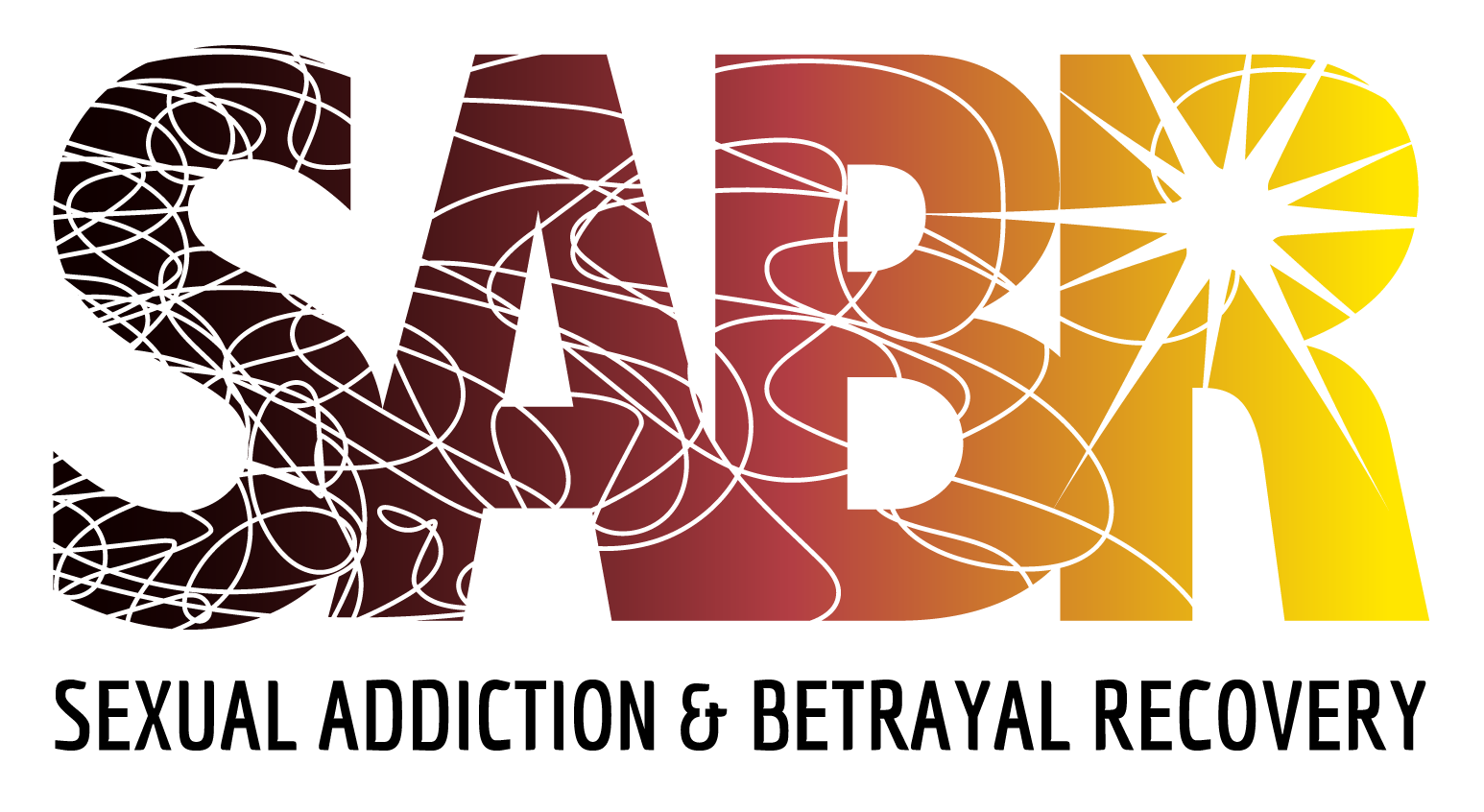
Pornography addiction, while not officially classified in the DSM-5, is widely recognized by mental health professionals as a significant behavioral issue. Individuals struggling with this addiction experience compulsive consumption of pornographic material despite negative consequences, impacting their mental health, relationships, and daily functioning.
Psychological Patterns of Pornography Addiction
Pornography addiction parallels other behavioral addictions, such as gambling or excessive gaming. The brain’s reward system releases dopamine during pornography consumption, reinforcing the behavior and creating a cycle of dependency. Over time, tolerance develops, requiring increased consumption to achieve the same pleasurable effects. This cycle can lead to compulsive behavior and significant distress in various life domains.
Warning Signs and Consequences
Common warning signs of pornography addiction include:
- Increased consumption despite efforts to reduce or stop.
- Viewing pornography interferes with daily responsibilities.
- Experiencing guilt or shame after consumption yet continuing the behavior.
- Escalating to more extreme content.
- Using pornography as a coping mechanism for emotional distress.
Consequences of pornography addiction extend beyond individual distress, often affecting relationships and overall well-being. Issues such as reduced sexual satisfaction, relationship conflicts, and social isolation are prevalent among those struggling with this addiction.
Effective Recovery Programs
Effective recovery from pornography addiction involves a combination of therapeutic interventions, support groups, and behavior modification strategies. The SABR (Sexual Addiction and Betrayal Recovery) program is one such comprehensive approach, offering tailored support for individuals at various stages of recovery.
Educational Strategies
Educating individuals about the nature of their addiction and its underlying psychological mechanisms is crucial. Programs often include psychoeducation on the impact of pornography on the brain and behavior, helping individuals understand their triggers and develop healthier coping strategies.
Therapeutic Interventions
Cognitive Behavioral Therapy (CBT) is a widely used therapeutic approach for treating pornography addiction. CBT helps individuals identify and challenge distorted thought patterns, develop coping skills, and implement behavior changes. Other therapeutic modalities, such as Dialectical Behavior Therapy (DBT) and Eye Movement Desensitization and Reprocessing (EMDR), may also be effective in addressing trauma and emotional dysregulation associated with addiction.
Support Groups
Support groups provide a sense of community and accountability for individuals in recovery. Groups like Sex Addicts Anonymous (SAA) offer a structured environment where individuals can share experiences, receive support, and develop strategies for maintaining sobriety. These groups often follow a 12-step model, emphasizing personal growth and recovery through mutual support.
Conclusion
Understanding and addressing pornography addiction requires a multifaceted approach that includes education, therapy, and community support. By recognizing the psychological patterns of addiction and implementing evidence-based recovery strategies, individuals can overcome the challenges of pornography addiction and achieve lasting recovery.
Family Strategies Counseling Center has actively serviced clients since 2000 in treatment for pornography addiction or sexually compulsive behavior. Our SABR program for adults, Tribe for college, and Band of Brothers for teens can help you! Give us a call at (800) 614-8142 or visit our website for more information: Family Strategies SABR.

 -->
-->